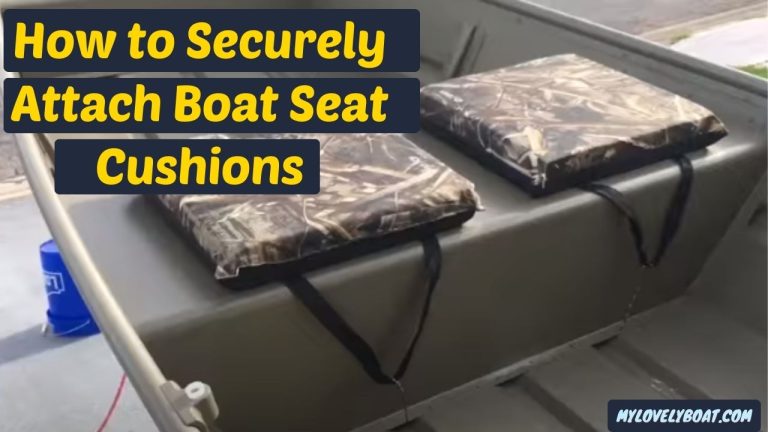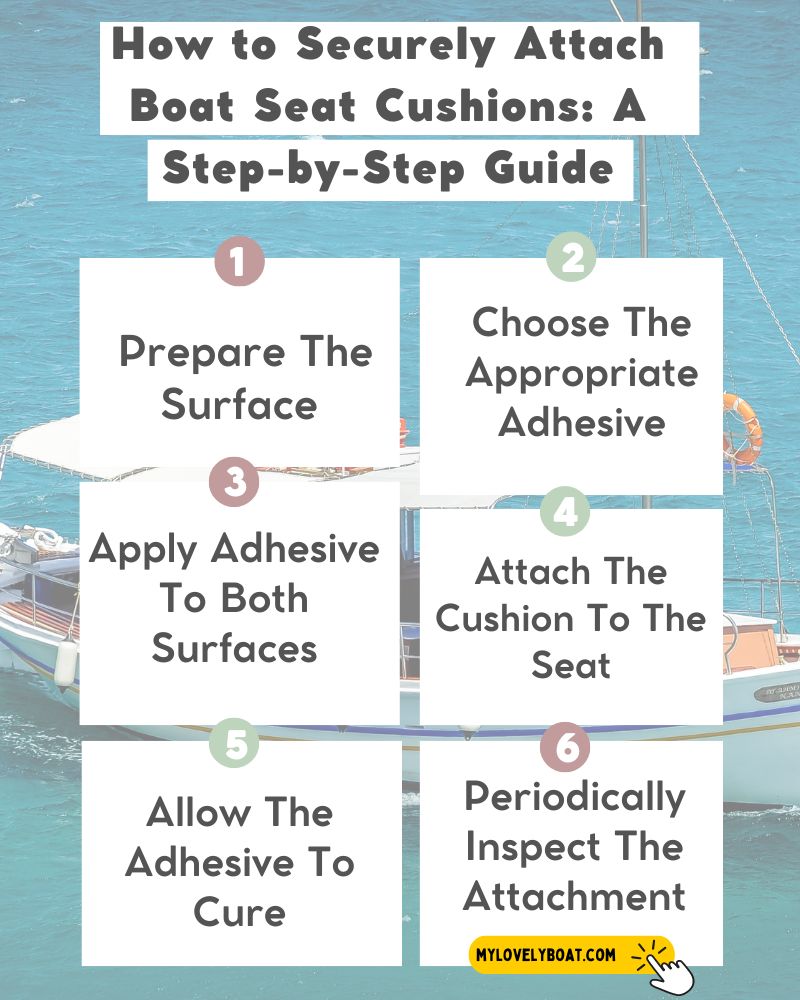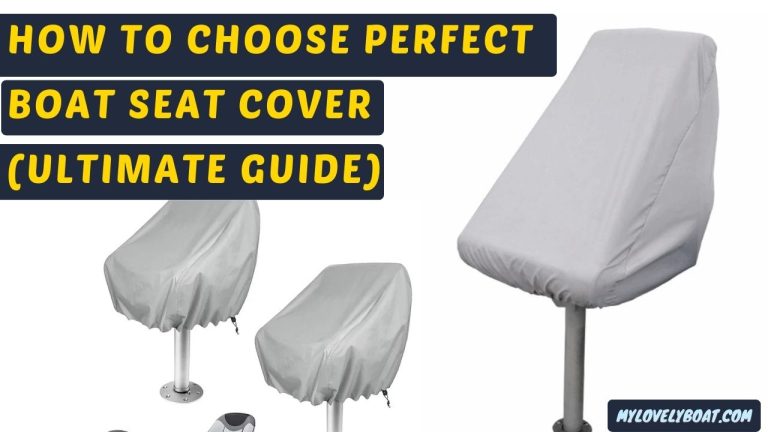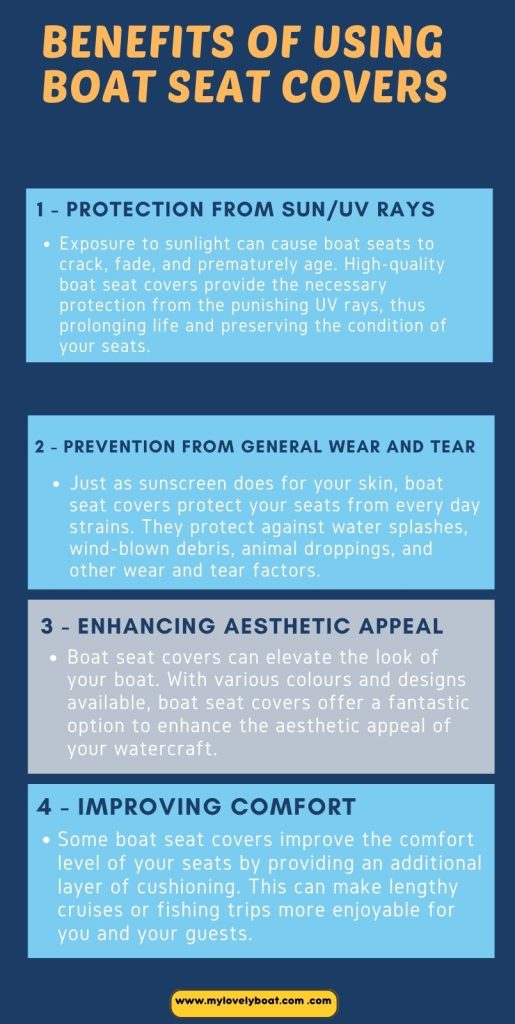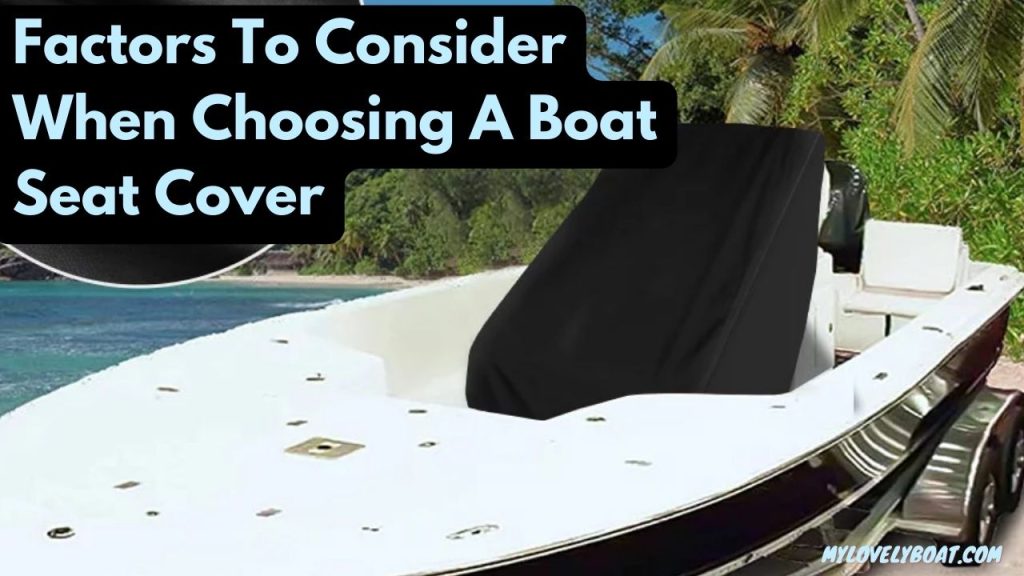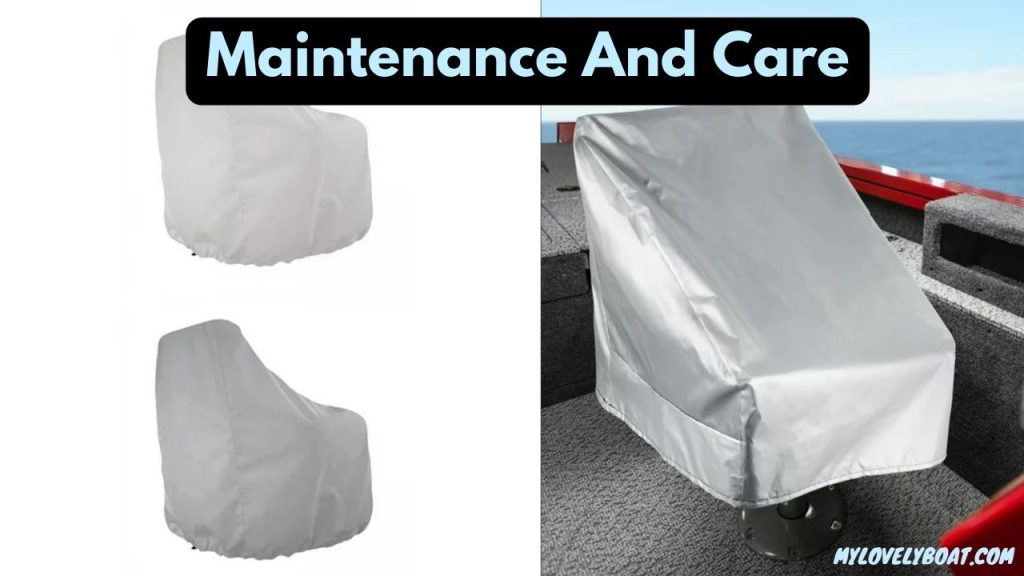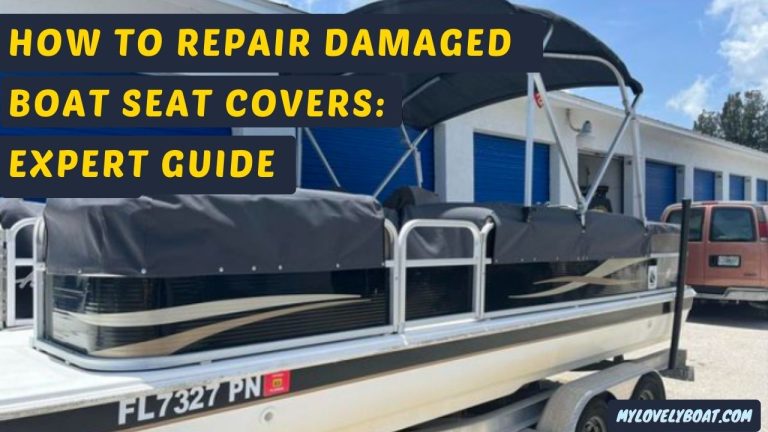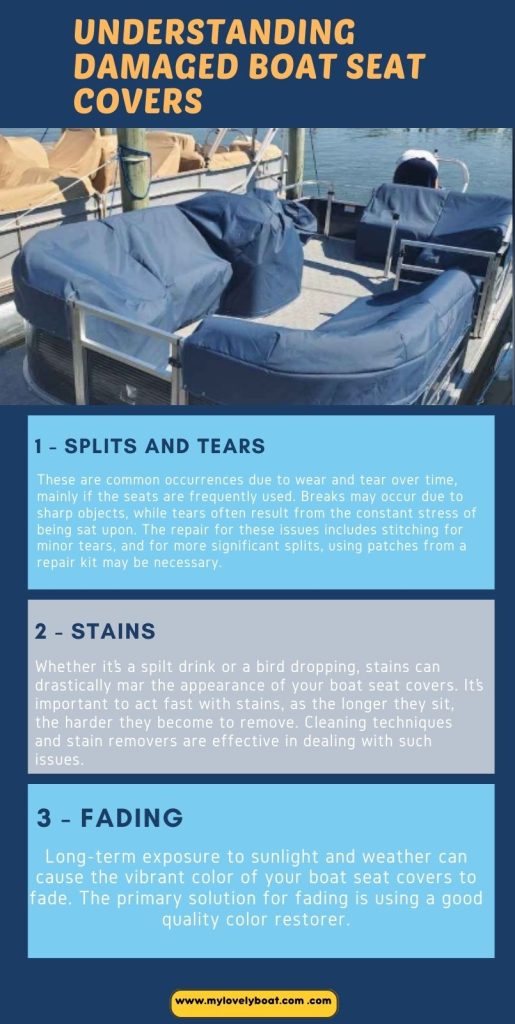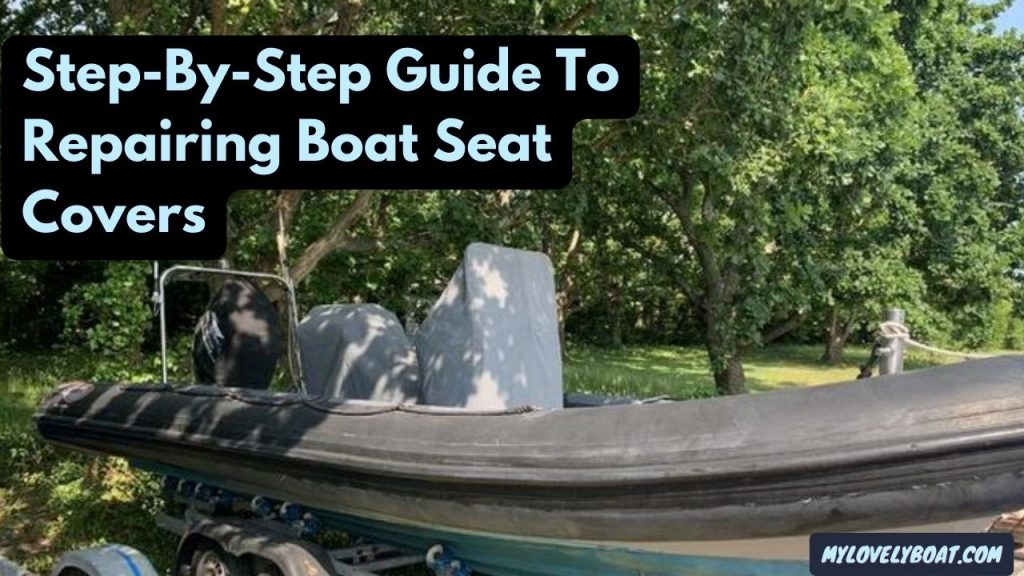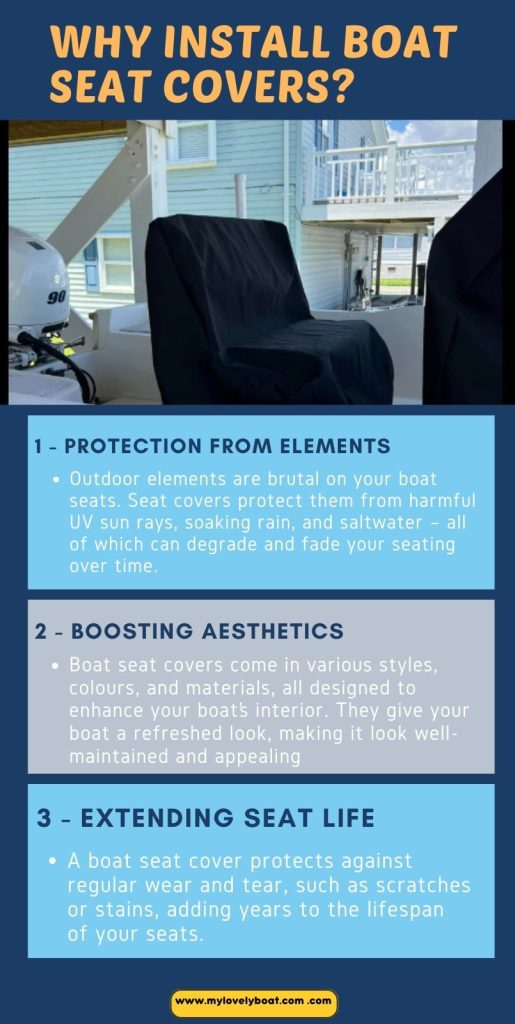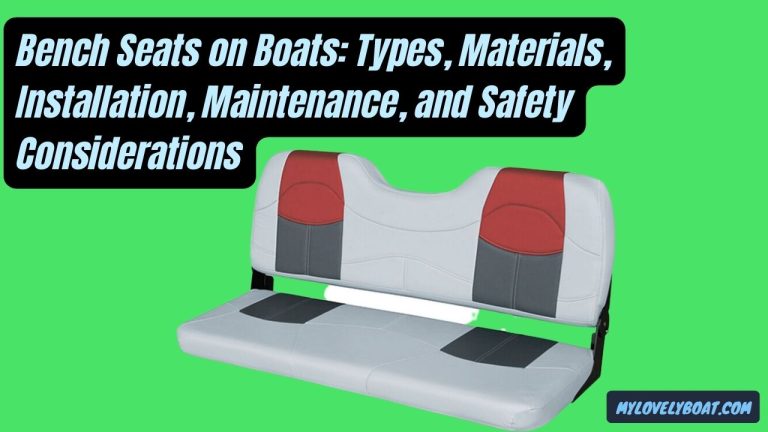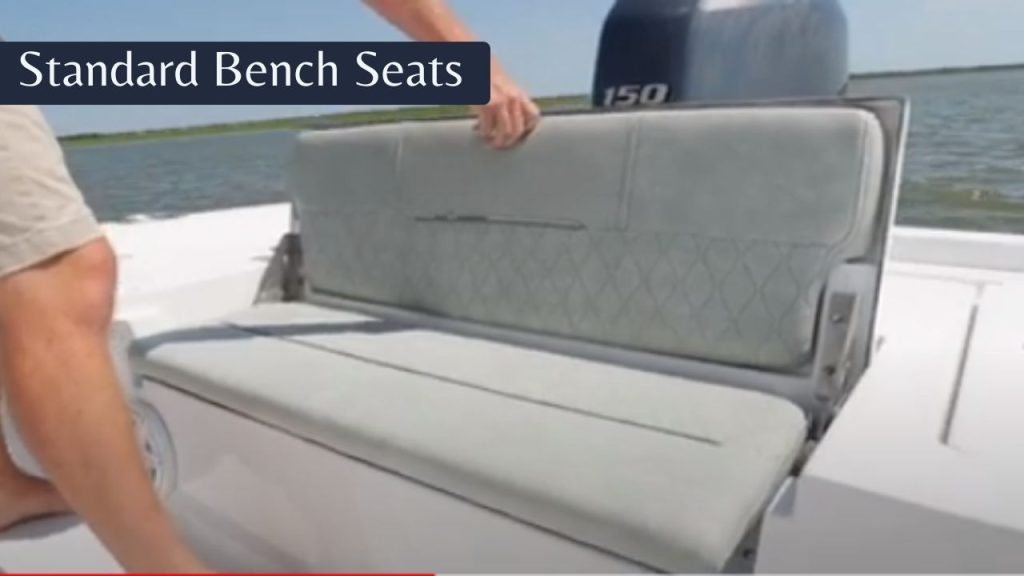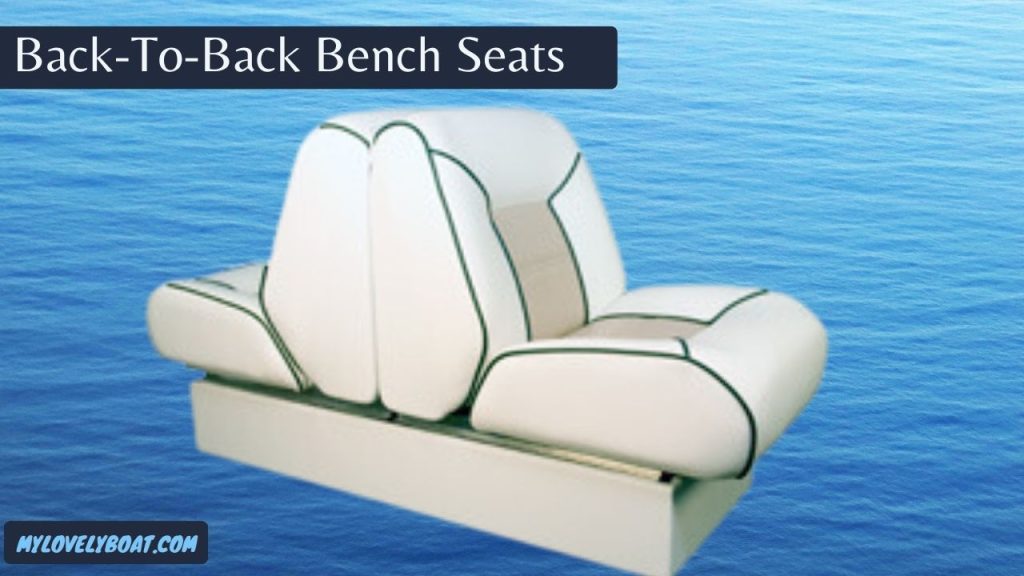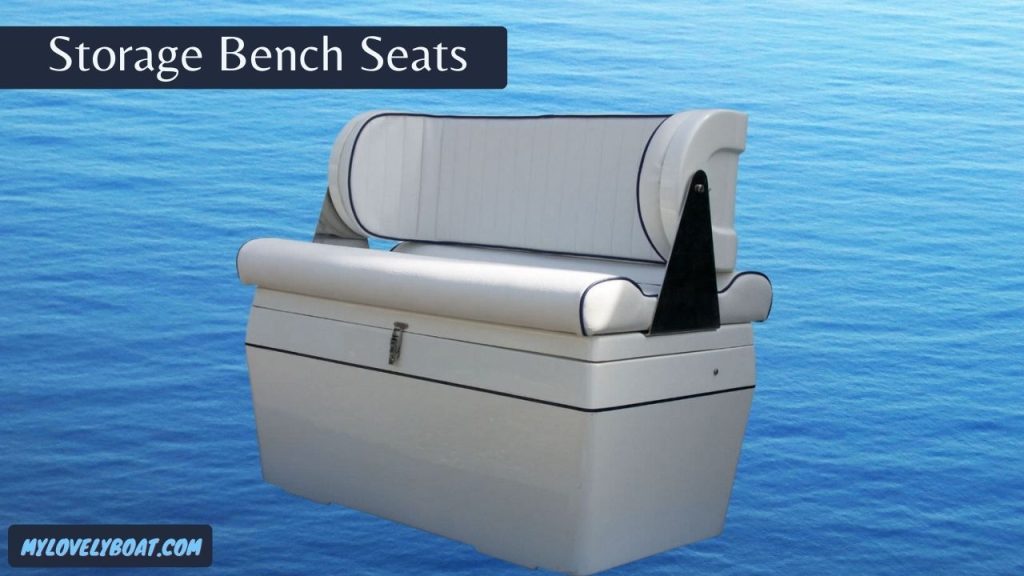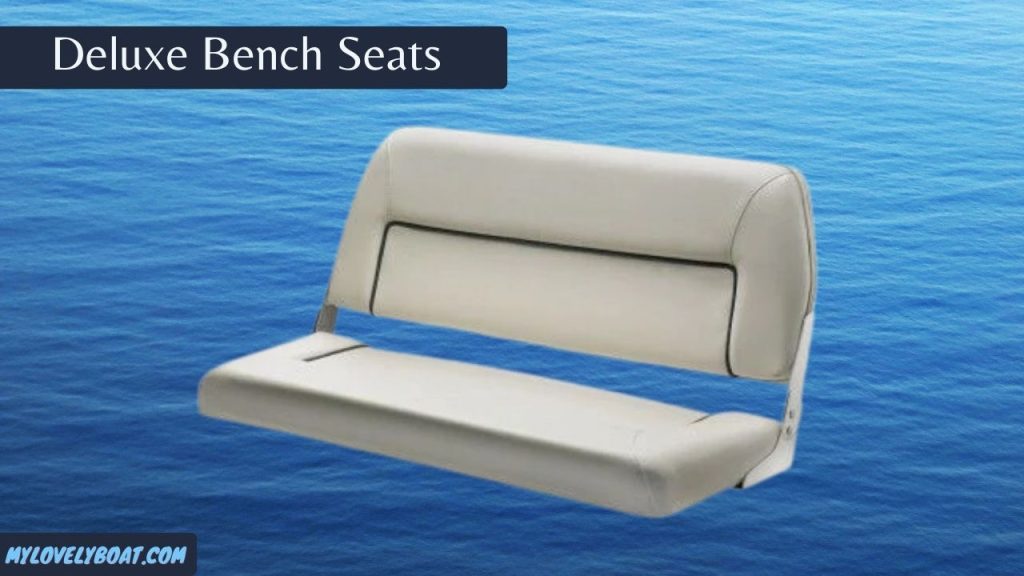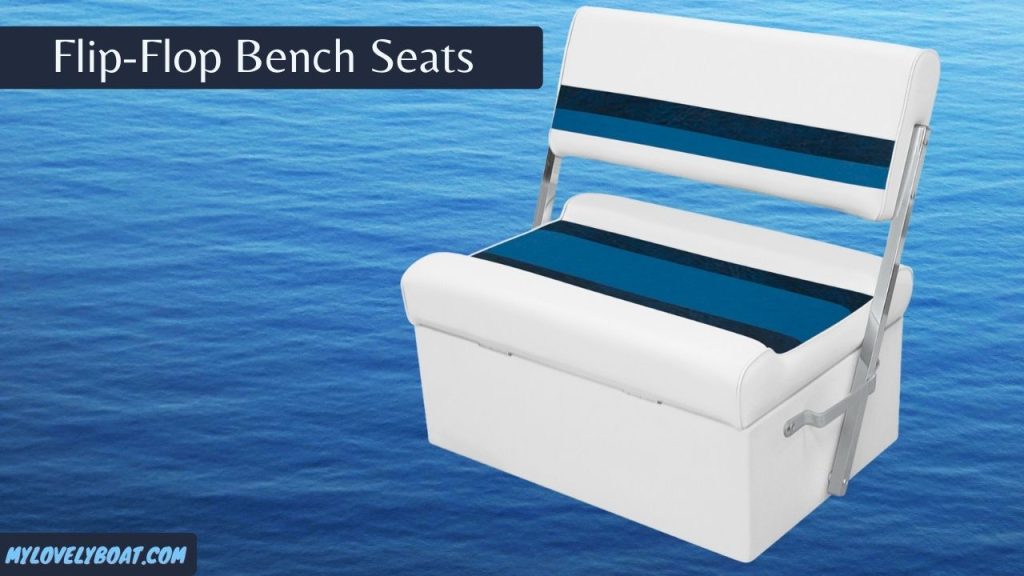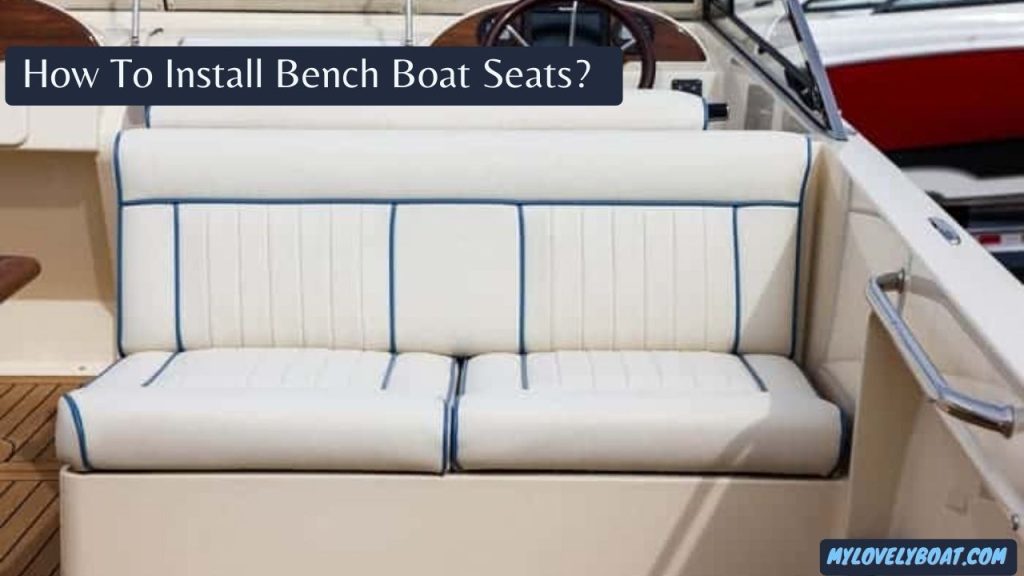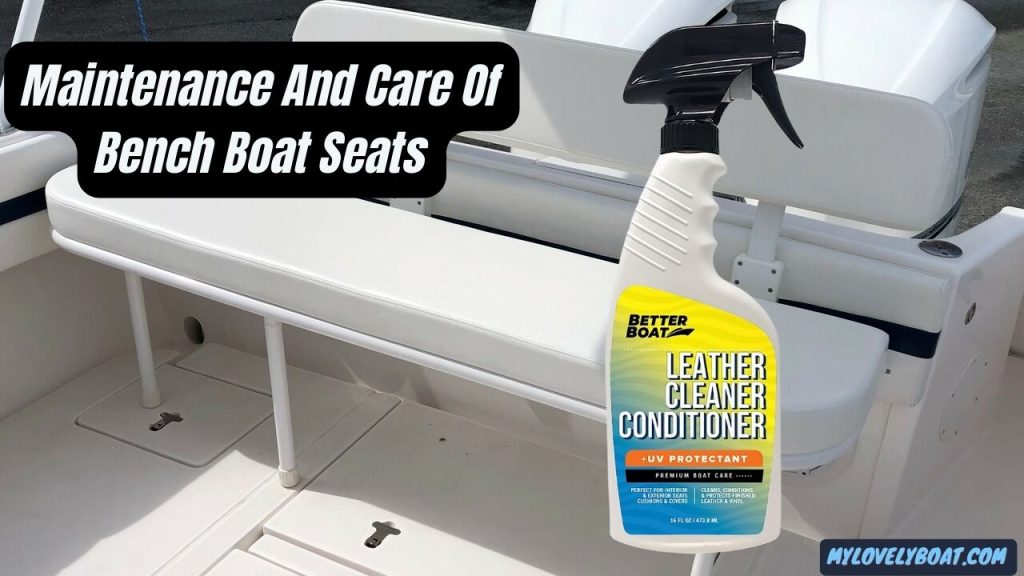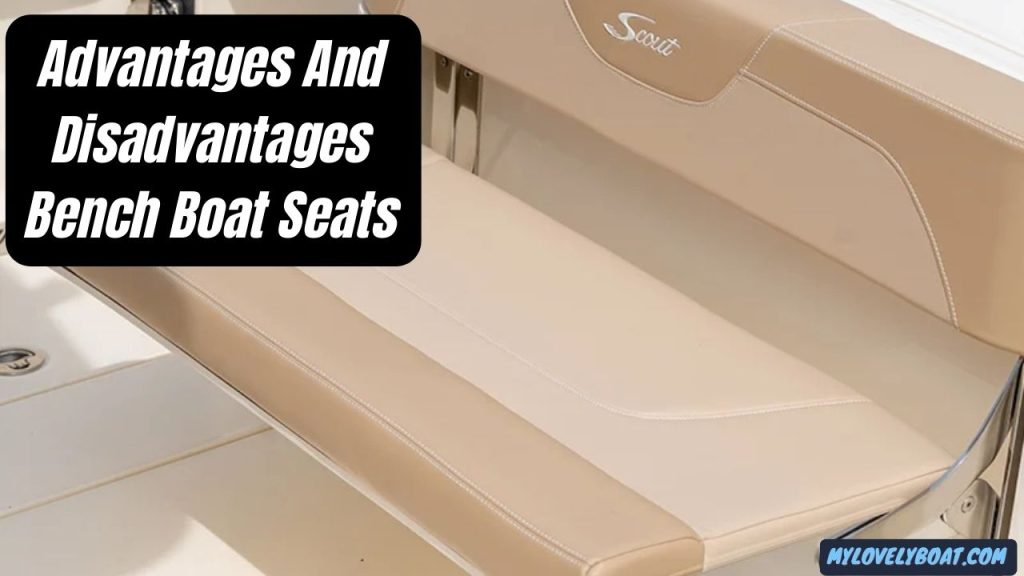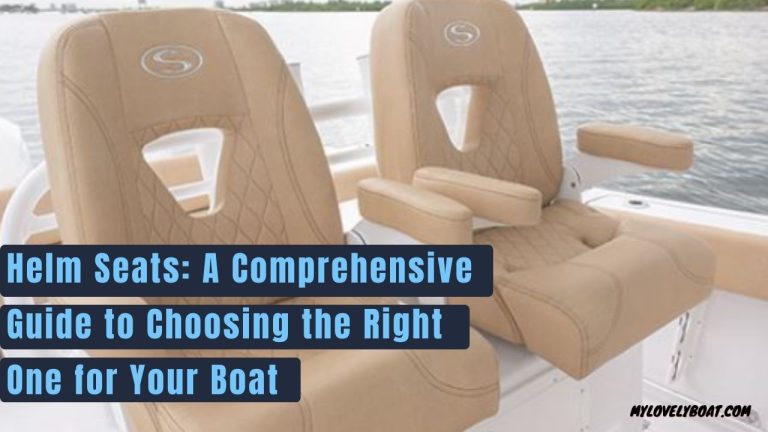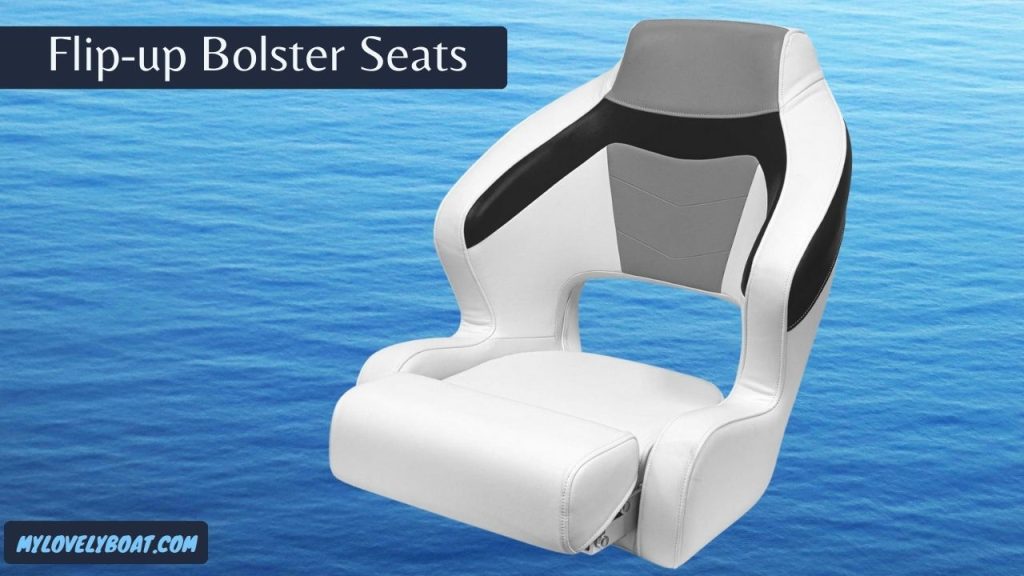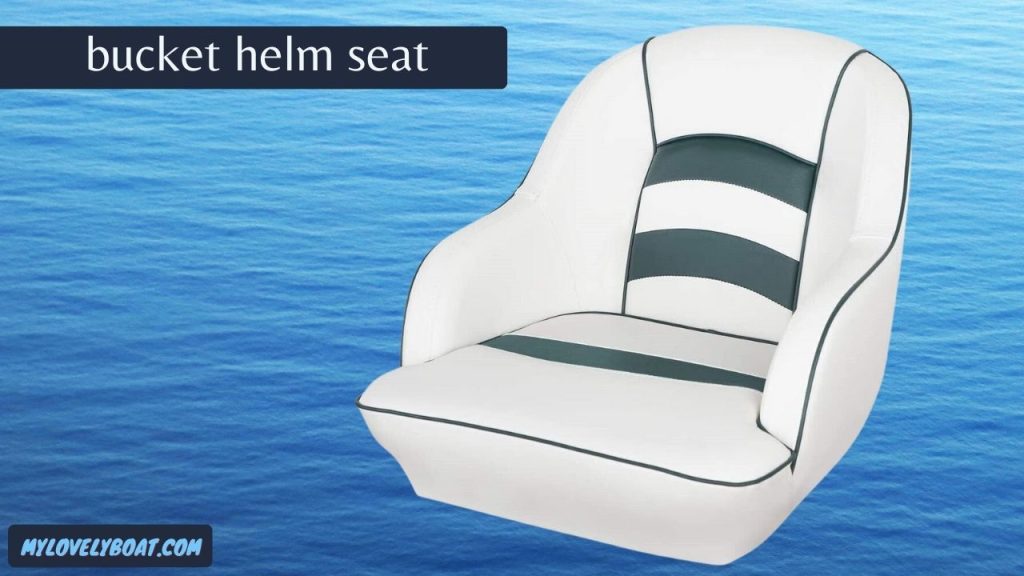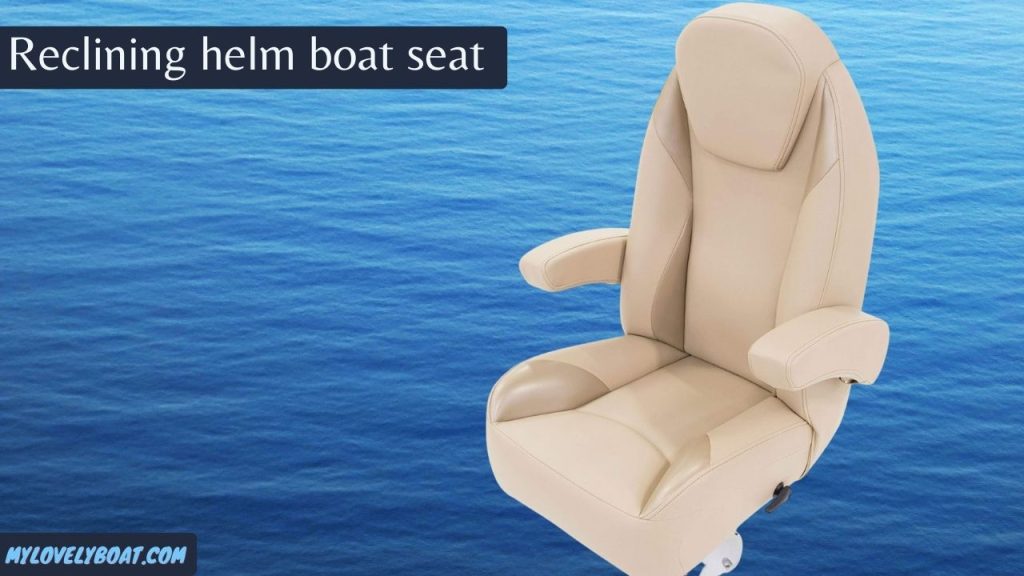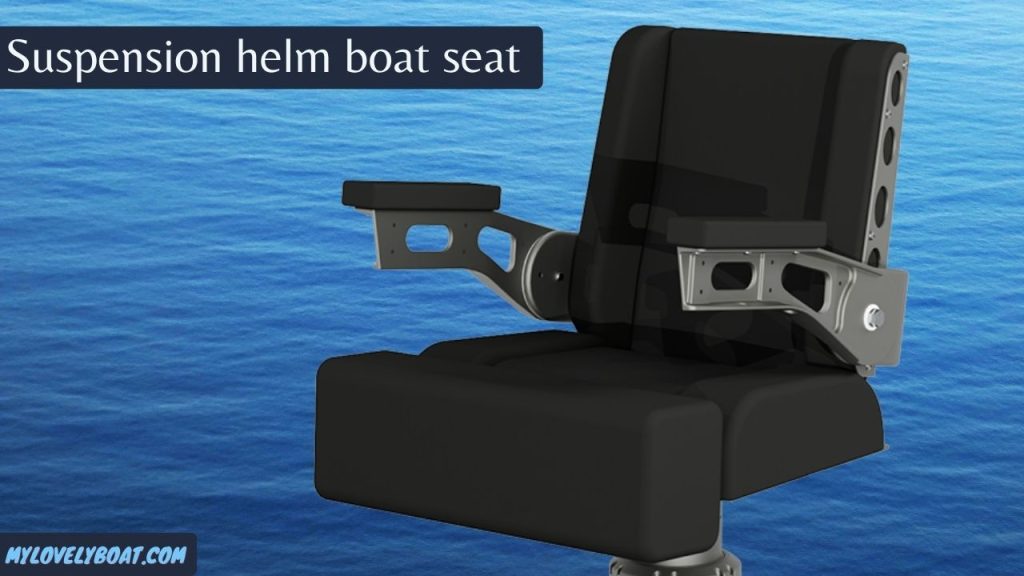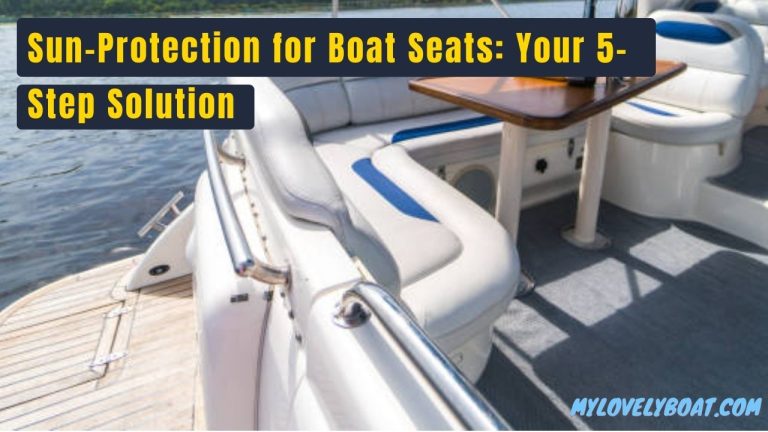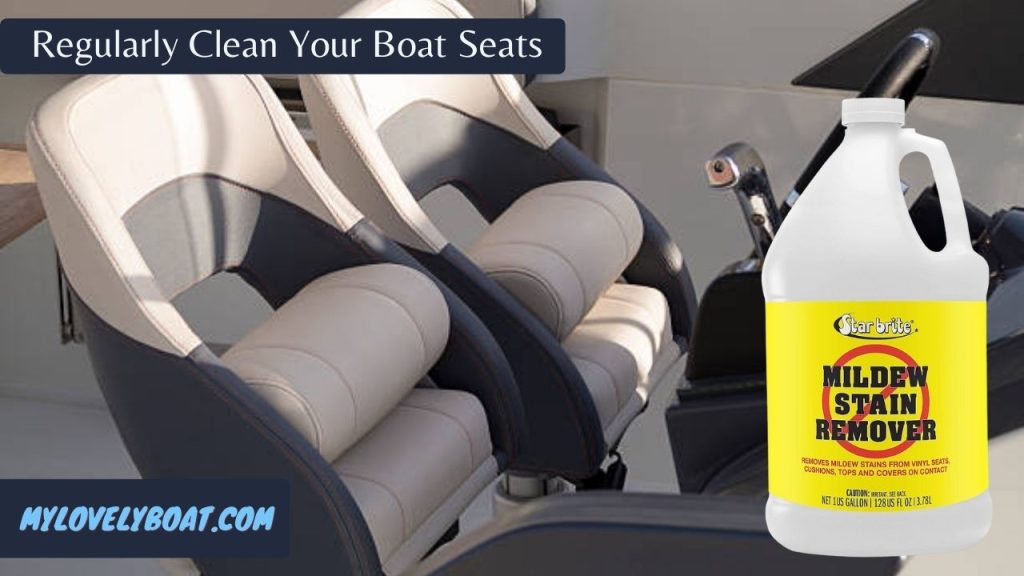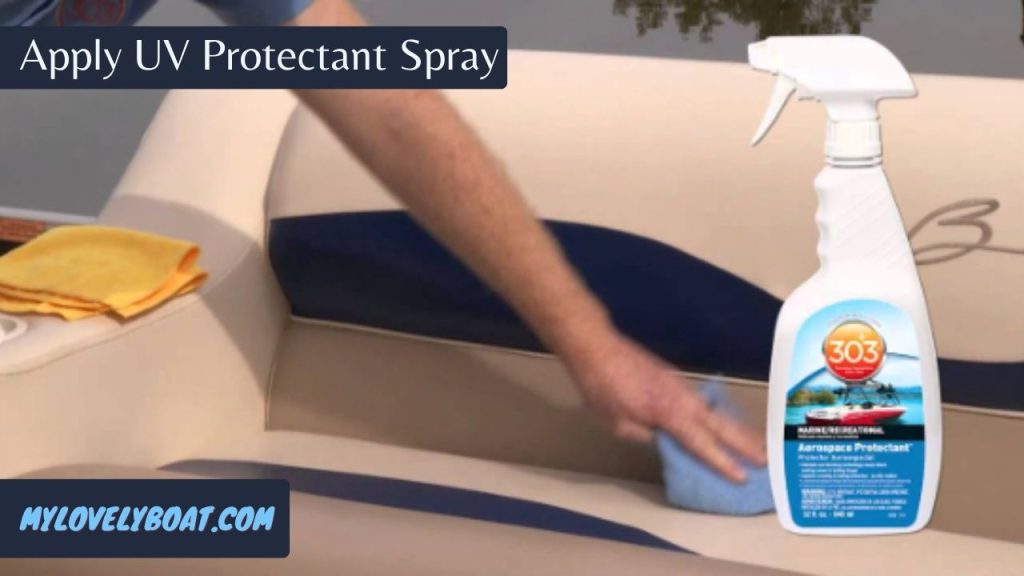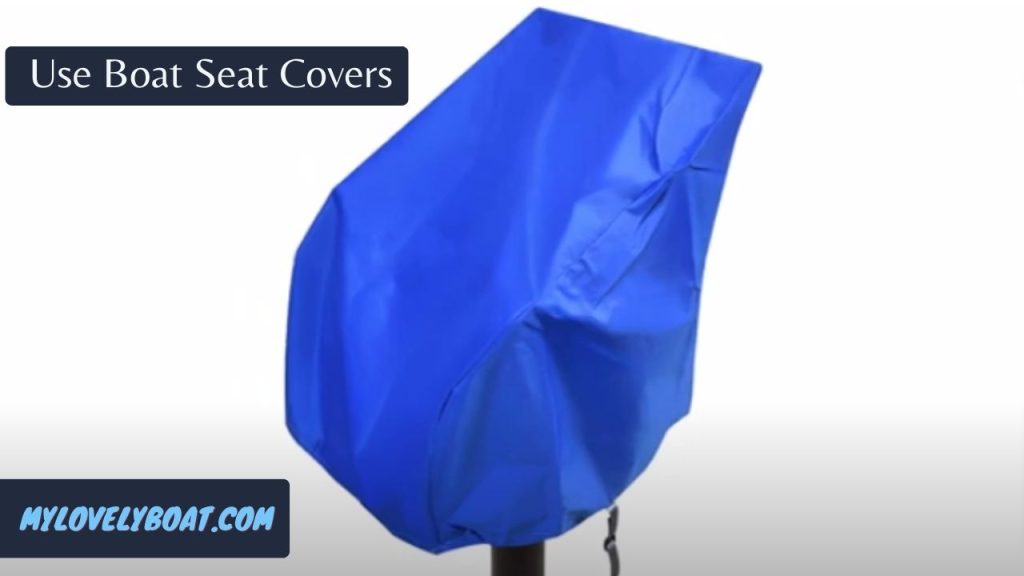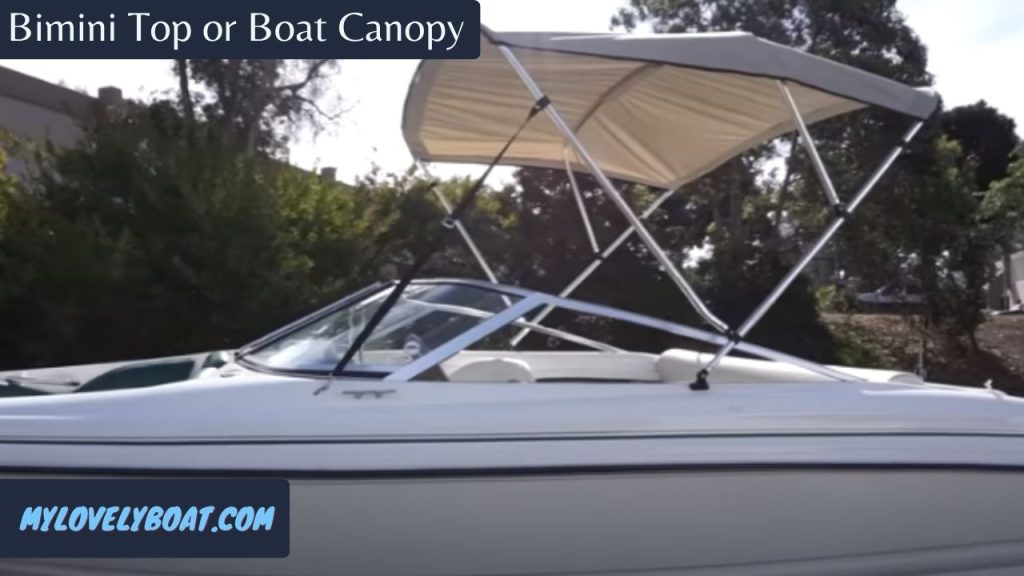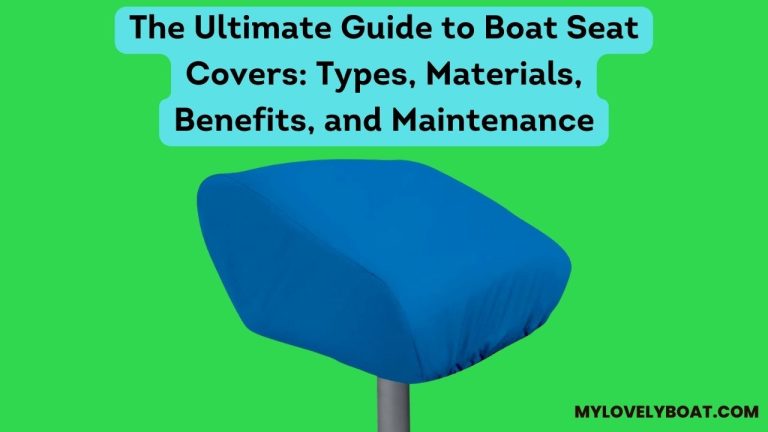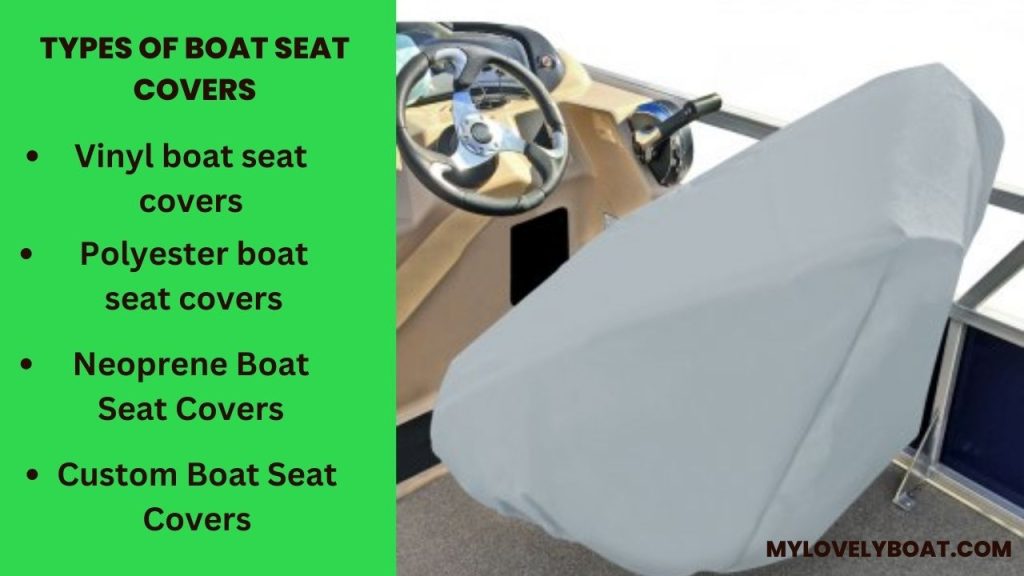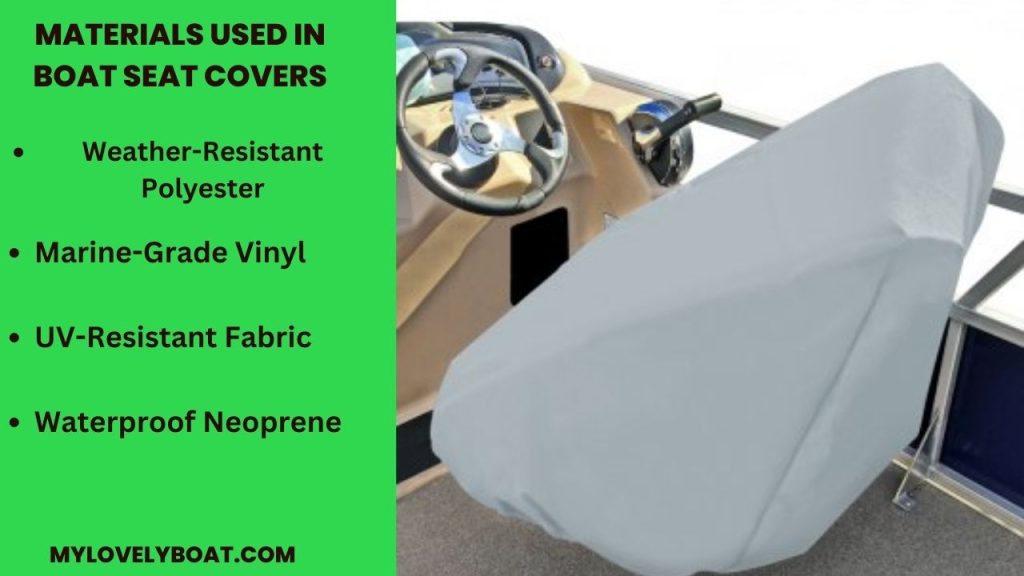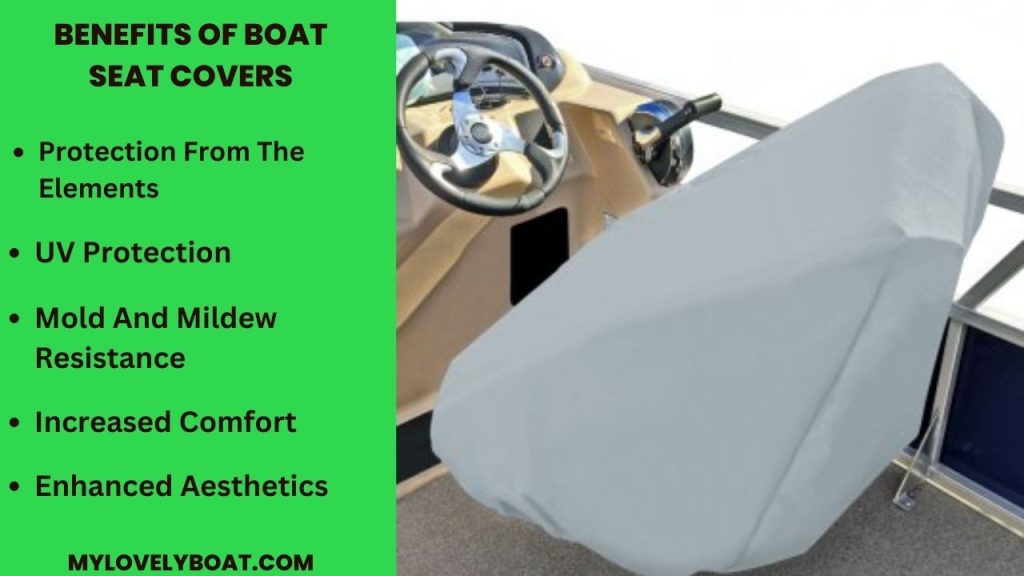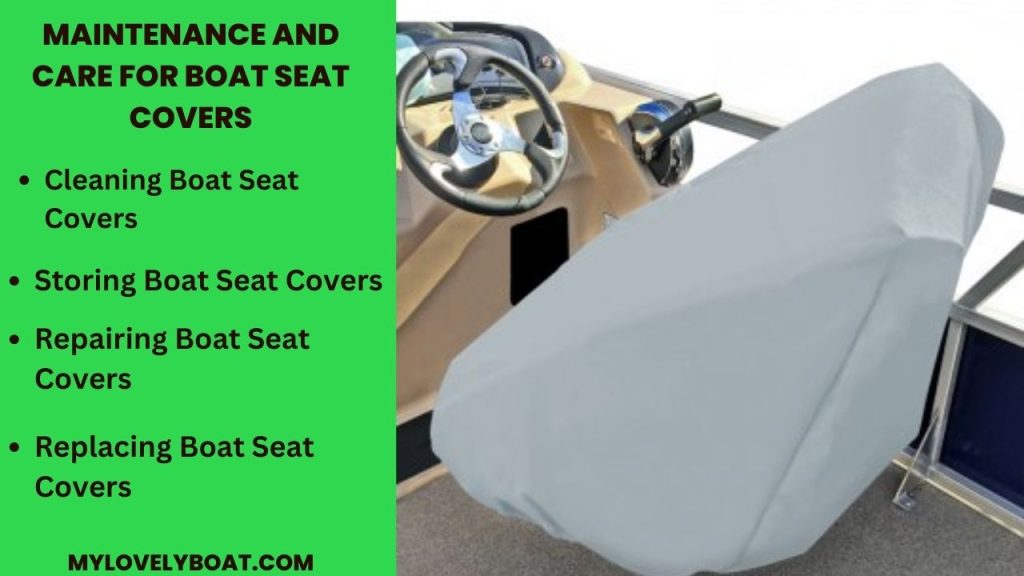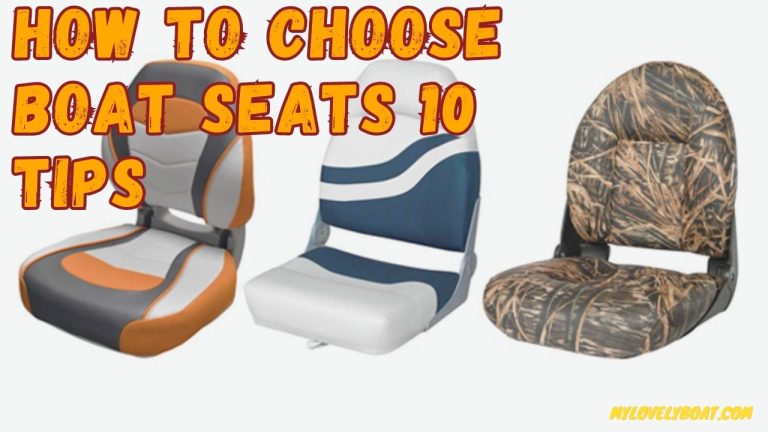Paddling amidst the gentle waves, your canoe is more than a vessel; it is a testament to your adventures on the water. A canoe’s name holds a certain magic.
It tells a story, sparks a chuckle, or instils a sense of purpose. It reflects the owner’s personality and the craft’s spirit.
The names also bear cultural significance, often drawing from lore, locales, and traditional practices of indigenous populations, such as the Hawaiian, Samoan, and Polynesian cultures.
The Top 15 Canoe Boat Names
Choosing the top 15 canoe names is a delightful endeavor. Here are some of the favorites categorized by theme:
- Seafarer
- Ripple Rider
- Lake Whisper
- Ocean’s Sigh
- Serenity
- Dream Paddler
- Blue Lagoon
- Wave Dancer
- Aqua Spirit
- Freedom
- Tranquility
- River Pulse
- Wave Wisp
- Aqua Pulse
- Horizon Hopper
How to Name Your Canoe
Naming your canoe is an exciting task that should reflect your vessel’s personality and purpose. To find the perfect name, follow these tips:
- Connect with purpose: Decide the primary use of your canoe – will it be for adventure, racing, or leisure? Your selected name should reflect this concept.
- Embrace humor: A funny name or pun can make your canoe stand out, creating memorable moments and chuckles.
- Consider the location: Consider your favorite canoeing spots; nature-inspired words work well for lake or river adventures.
- Explore culture and history: Names borrowed from different cultures, traditions, or historical events can give your canoe added depth and personality.
- Incorporate personal experiences and memories: Tying your canoe’s name to a cherished moment, favorite location, or particular person can create a meaningful bond.
- Dare to be bold and creative: Abstract, poetic, or daring names can showcase your unique canoeing spirit.
Top Canoe Names for Your Next Paddling Trip

Funny Canoe Names
A sense of humor can make your adventures richer. Here are 15 canoe names to make you laugh:
- Boatiful Disaster
- Wave Wrangler
- S.S Sink-a-lot
- Paddle Star Galactica
- Unsinkable II
- Wavestorm
- Can’oe Even
- Miss Behoating
- Boatward Bound
- Hullarious Waves
- S.S. Sequel
- Aqua Ninja
- Paddleholics
- Boat-a-holic
- Shore Loser
Unforgettable Good Canoe Names
Good names leave indelible memories. Here are 15 examples that are both unique and catchy:
- The Blue Odyssey
- Echo of the Lake
- River’s Lullaby
- Wind Rider
- Sea’s Symphony
- Ocean Poet
- Aqua Skimmer
- Island Hopper
- Nautical Nomad
- Sailor’s Dream
- Water Whisper
- Aqua Prowler
- Sundancer
- Sea Shadow
- River Echo
Samoan Canoe Names

Samoans have a robust canoe culture. Below are traditional Samoan names rich in meaning:
- Fa’afaite (Challenge and Confront)
- Vaka o Tangiia (Canoe of Tangiia)
- Alualu (Pursuer)
- Luaiva (Treasure Hunter)
- Fa’afailele (Restorer)
- Fetaui (Connector)
- Alia (Traditional Fishing Canoe)
- Fautasi (Longboat)
- Tulisuafoa (Ocean Announcer)
- Taufusi (Bold Navigator)
- Falaotusi (Guardian of Happiness)
- Aiga-Foafoaga (Family Seeker)
- Oaomamalu (Calm Ocean)
- Tautaingaotele (Wide Explorer)
- Vaasiliifiti (Brave-hearted)
Classic Canadian Canoe Names
Canada’s canoe culture is steeped in heritage. Here are 15 classic Canadian canoe names:
- Boreal Paddler
- Northern Drifter
- The Maple Cruiser
- Aurora Rambler
- Loon Call
- Tundra Rover
- Pine Whisperer
- River Mountie
- Poutine Paddler*
- Great North
- Moose Tracker
- Quebec Quest
- Rockies Drifter
- Lake Song
- Prairie Ripples
Unique Hawaiian Canoe Names
Hawaiian canoeing traditions are profound. Here are authentic Hawaiian canoe names:
- Hōkūle’a (Star of Gladness)
- Hōkūalaka’i (Star Pathway)
- Makali’i (Little Eyes, Pleiades star cluster)
- Kānehūnāmoku (Hidden Island)
- Wa’a Kaulua (Double Canoe)
- MoanaNui (Great Ocean)
- Kaiāulu (Community Sea)
- Īnaina (Gather Together)
- Kapalulu (Shelter from the Rain)
- Polani (Heavenly Observer)
- Hō’ikea (To Show or Reveal)
- Lei Hulu (Feather Lei)
- Lālani (Line of Heavens)
- Kauloku (Pleiades)
- Kuwahile (Beloved Company)
Polynesian Canoe Names
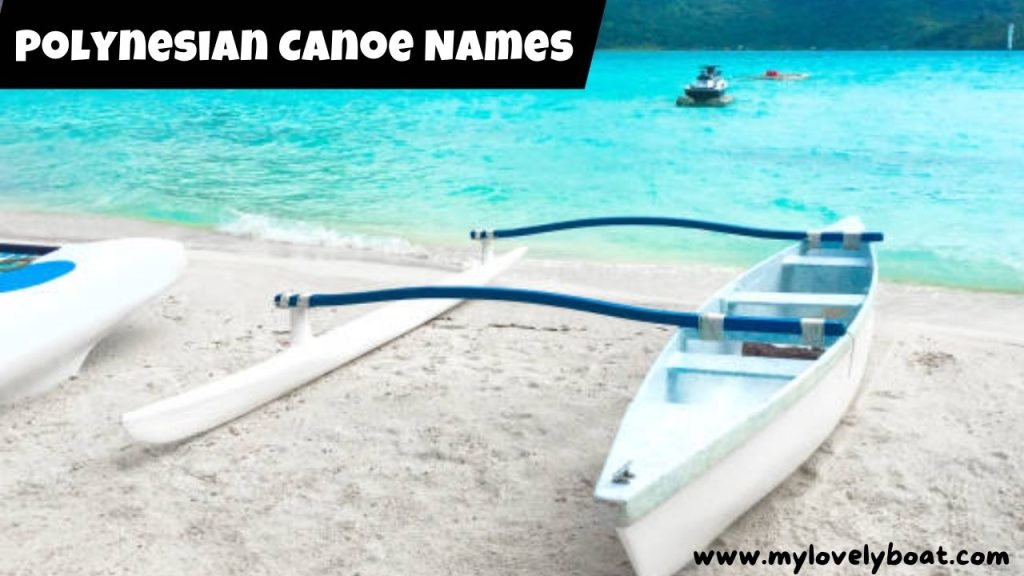
Polynesian cultures are renowned for their seafaring skills and canoe-naming customs. Here are 15 traditional Polynesian canoe names:
- Va’a-tele (Large Canoe)
- Aumoana (Ocean Path)
- Moananui (Vast Ocean)
- Moturere (Floating Isle)
- Moanaroa (Long Sea)
- Vaitea (Clear Waters)
- Hoeuli (Paddle Change)
- Arohanui (Big Love)
- Ititoka (New Start)
- Manatusi (Warm Heart)
- Accomplisher
- Hoehaa (Paddle Hard)
- Hokianga (Returning Dusk)
- Wha Tapunui (People’s Canoe)
- Hohonu (Deep, Profound)
Exciting Whitewater Canoe Names
Whitewater canoeing evokes a sense of thrill and adventure. Discover 15 exciting names for your whitewater canoe:
- Rapid Ranger
- Torrent Tamer
- Cascade Cruiser
- Foamy Quest
- Whirlwind Wanderer
- Waterfall Warrior
- Eddy Explorer
- Rogue Wave
- Splash Surfer
- Wild Whitewater
- River Rocket
- Splash Skirmisher
- Turbulent Trekker
- Gorge Glider
- Flash Flood
Outrigger Canoe Names

Outrigger canoes, originating from Pacific islands, are known for stability and speed. Explore these 15 popular outrigger canoe names:
- Island Chaser
- Reef Rider
- Sunset Surfer
- Coastal Cruiser
- Oceanic Voyager
- Surf Sentinel
- Aqua Avenger
- Coral Commuter
- Pacific Prowler
- Sea Strider
- Wave Warrior
- Tide Tango
- Salty Skipper
- Nautical Nomad
- Ocean Oracle
FAQ- Canoe Names
What are the names for the canoe?
Names for canoes often reflect the owner’s passions, dreams, or sense of humor. Some people prefer traditional names like ‘Voyager’ or ‘Spirit of the River,’ while others might opt for something more personal or whimsical.
Should you name a canoe?
Choosing a name for your canoe is an age-old seafaring tradition believed to bring good luck and safety during journeys. Though not necessary, it personalizes the canoe, adding a unique character and identity to it.
Do people name their canoes?
Indeed, many canoe owners enjoy the tradition of naming their canoes. It is a way to express their affection for this beloved watercraft and imbue it with a distinctive character that reflects their personality, adventures, or aspirations.
What is a cool name for a boat?
Cool boat names often embody an adventurous or free-spirited nature. Examples include ‘Sea Chaser,’ ‘Wind Whisperer,’ or ‘Ocean Nomad’. Something humorous like ‘Unsinkable II’ could also be considered cool, depending on individual taste.
What is the Cajun name for canoe?
The Cajun word for a canoe is ‘pirogue.’ They are shallow-draft canoes indigenous to the American South and typically used in the swampy regions of Louisiana.
What were two names for canoes?
Historically, canoes have been called different names depending on cultures and regions. Two such names are ‘birchbark’ used by Native Americans for their lightweight, multi-purpose canoes, and ‘outrigger’, a type traditionally used in the Pacific Islands for sea travel.
More Name Ideas
- Best 170+ Kayak Names Listed by Color
- Top 70 Creative and Unique Yellow Kayak Names
- Best 100+ Orange Kayak Name Ideas
- Top 100 Blue Kayak Name Ideas
- Best 100+ Red Kayak Name Ideas

I am a freelance writer passionate about watersports and the great outdoors. I have many years of experience in the marine industry, and I enjoy sharing my knowledge and expertise with others so that they can get the most out of their boating experiences. I like fishing, kayaking, and exploring new destinations by boat whenever I have time. Contact Us: Linkedin

